Leadership
Public CEO Compensation Averaged $11.5 Million In 2023
Here's The Builder's Daily annual scorecard and analysis of CEO, Executive Chair, and corporate President pay across the 21 U.S. pure-play public homebuilding enterprises.

Twenty-one American public homebuilding enterprises' very top strategic leaders – including CEO, Executive Chair, and corporate President titles – cleared an average 2023 total compensation of $11,519,578.
[Scroll down to see compensation details for each of the 21 publics' top strategists. Data visualization and graphics credit goes to TBD Creative Director Maggie Goldstone.]
Taken in isolation, that average pay package tells little of strategic leaders' achievements and worth in a year those leaders and their teams navigated a new-home landscape defined by volatility, uncertainty, complexity, and ambiguity.
Compared with the prior year, the $11.5 million average looks like both a pay cut, and an outright bargain compared with the 2023 median CEO compensation package for S&P 500 companies of $16.3 million.
Our own year-to-year comparisons show a 9.7% decrease in the average CEO pay package from $12.8 million in 2022. A three-year cycle of NVR stock awards for Executive Chairman Paul Saville and President and CEO Eugene Bredow — which hit in 2022 and will not come due again until 2025 — distorts that year-on-year comparison.
By any measure, at a high level, public homebuilder strategists earned their keep and delivered some of their organizations' most robust earnings and performance metrics ever.
These performance achievements reflect preparation, agility, and execution on the part of teams fixated on finding and sustaining a strike price to keep order pace up while using a well-calibrated series of tools and tactics – mortgage buydowns, closing cost incentives, upgrades, and other catalysts to sustain that pace in spite of an onslaught of headwind challenges.
The check list of leadership – and accountability – challenges that serves as the bright line of these organizations' futures bears a great resemblance to those bedrock issues that have sat out in front of each organization – and the entire industry sector for a decade or more.
- Affordability
- Talent sustainability
- Local and national political will
- Customer Experience
- Technological transformation
Underlining these macro challenges, focus this time next year will likely be on the success of public homebuilding corporate leaders to secure and sustain market share gains in their key operating areas as a launching pad to explosive growth in an economy that gains a steadier, demographics-fueled footing.
Midway through 2024, the talent focus we're seeing is on wresting control of the right land at the right time, and executing flawlessly in a rigorous end-to-end building lifecycle," says Thomas Carpitella, ceo of executive staffing, search, and strategic advisory firm FTS, a partner of The Builder's Daily. "Operators continue to look to keep overheads lean and drive technology skillsets into and through their operations. This way, they can stay resilient through the volatility and the wait for a better interest rate environment, ready to ignite faster growth in 2025 and beyond."
2023 Challenges
Economic Uncertainty
- Federal Reserve's Rate Increases: The Federal Reserve's aggressive rate hikes to combat inflation significantly impacted the housing market. Higher interest rates made mortgages more expensive, reducing affordability for many potential homebuyers and creating economic uncertainty that affected consumer confidence.
- Rising Construction Costs: Materials and Labor: The cost of building materials and labor continued to increase, driven by supply chain disruptions, labor shortages, and inflationary pressures. These factors squeezed margins for homebuilders and increased the overall cost of new home construction. Regulatory Hurdles: Ongoing regulatory challenges, including zoning laws, permitting delays, and compliance with environmental regulations, added to the complexity and cost of development projects.
- Supply Chain Disruptions: Global Issues: Persistent global supply chain disruptions, exacerbated by geopolitical tensions and the aftermath of the COVID-19 pandemic, continued to affect the availability and cost of construction materials. Logistical Challenges: Delays and increased costs in transportation and logistics created additional hurdles for timely project completion.
2023 Opportunities
High Demand for New Homes:
- "Locked-In" Effect: New homebuilders benefitted from being "the only game in town" as existing homeowners with historically low mortgage rates were reluctant to sell, effectively locking millions of existing homes off the market. This created a significant opportunity for builders to meet the housing demand.
- Supply Shortage: There was a continued high demand for housing driven by demographic trends, including millennials entering peak homebuying age and a general undersupply of homes.
- Operational Advancements: Higher-Velocity Construction Cycles: Advances in construction technology, including modular building, AI, and automation, enabled faster and more efficient construction processes. These improvements allowed builders to complete projects more quickly, reducing time to market and improving cash flow. Enhanced Homebuyer Experience: The growth of property technology (PropTech) solutions made the homebuyer shopping and purchase experience more efficient and customer-friendly. Virtual tours, online mortgage applications, and streamlined closing processes enhanced customer satisfaction and reduced transaction times.
Conspicuous in their absence this year.
- Donald R. Horton, who passed away unexpectedly in May.
- M.D.C executives Larry Mizel and David Mandarich, after the sale of M.D.C. to Sekisui House early this year.
- Rick Beckwitt, former Lennar Co-CEO and Co-President
On balance, homebuilding's public company CEOs and strategic leaders faced the kind of challenges they'd prefer in 2023, essentially reflecting greater demand than they could keep up with. Now, they're up against some headwinds on the demand side, and expectations are they'll turn those headwinds to their organizations' advantage through the balance of 2024.
Now, let's look at the numbers, shall we?



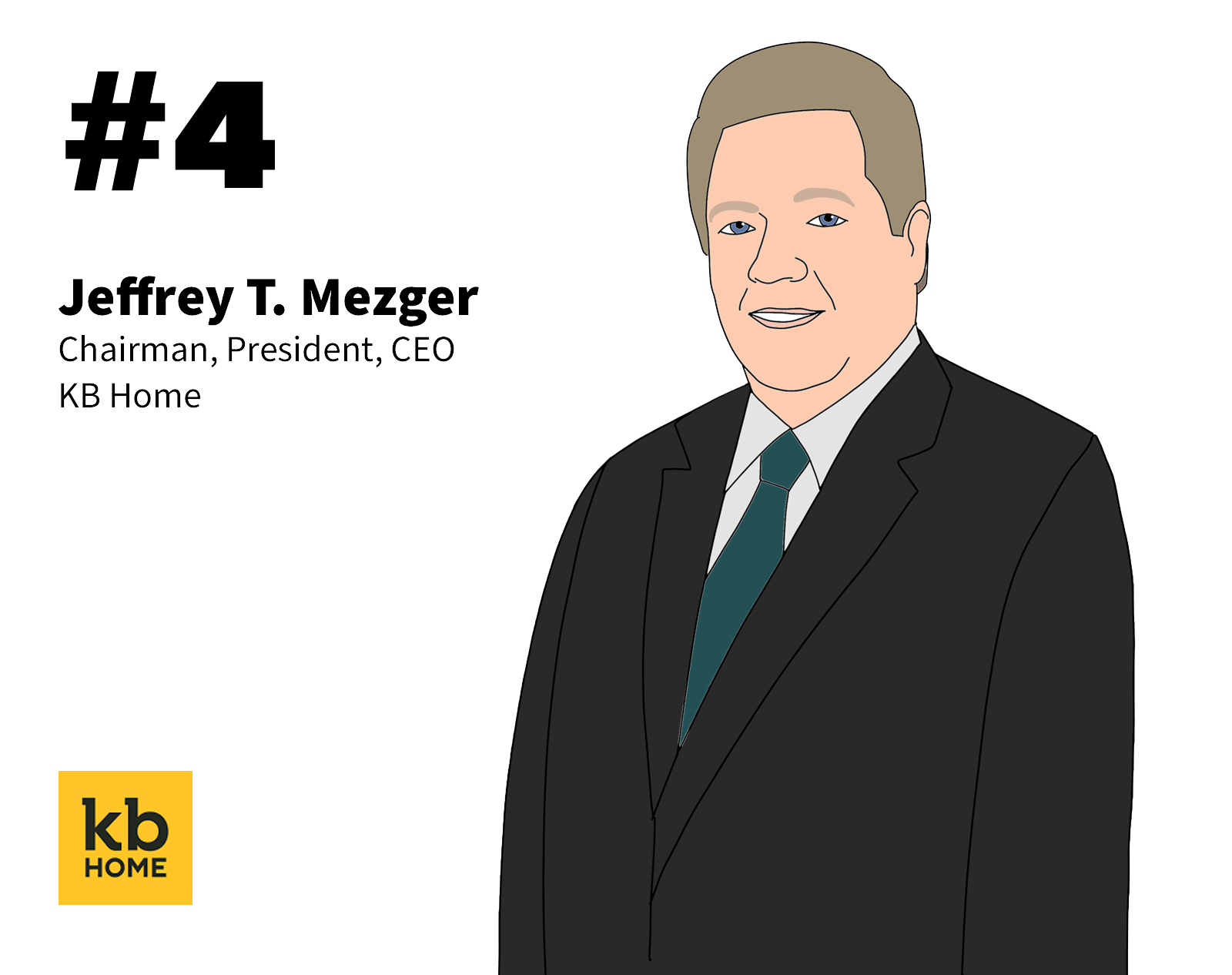
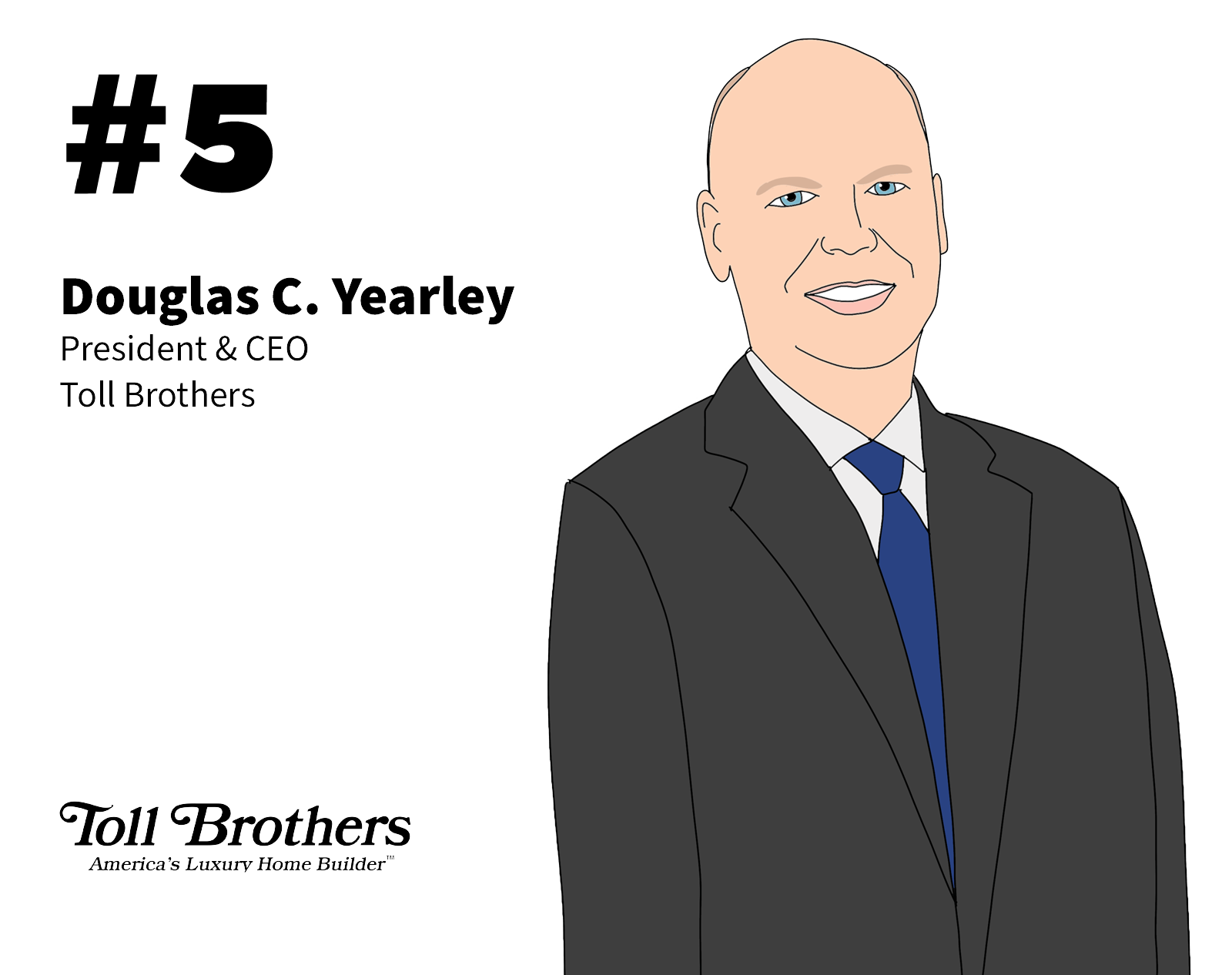



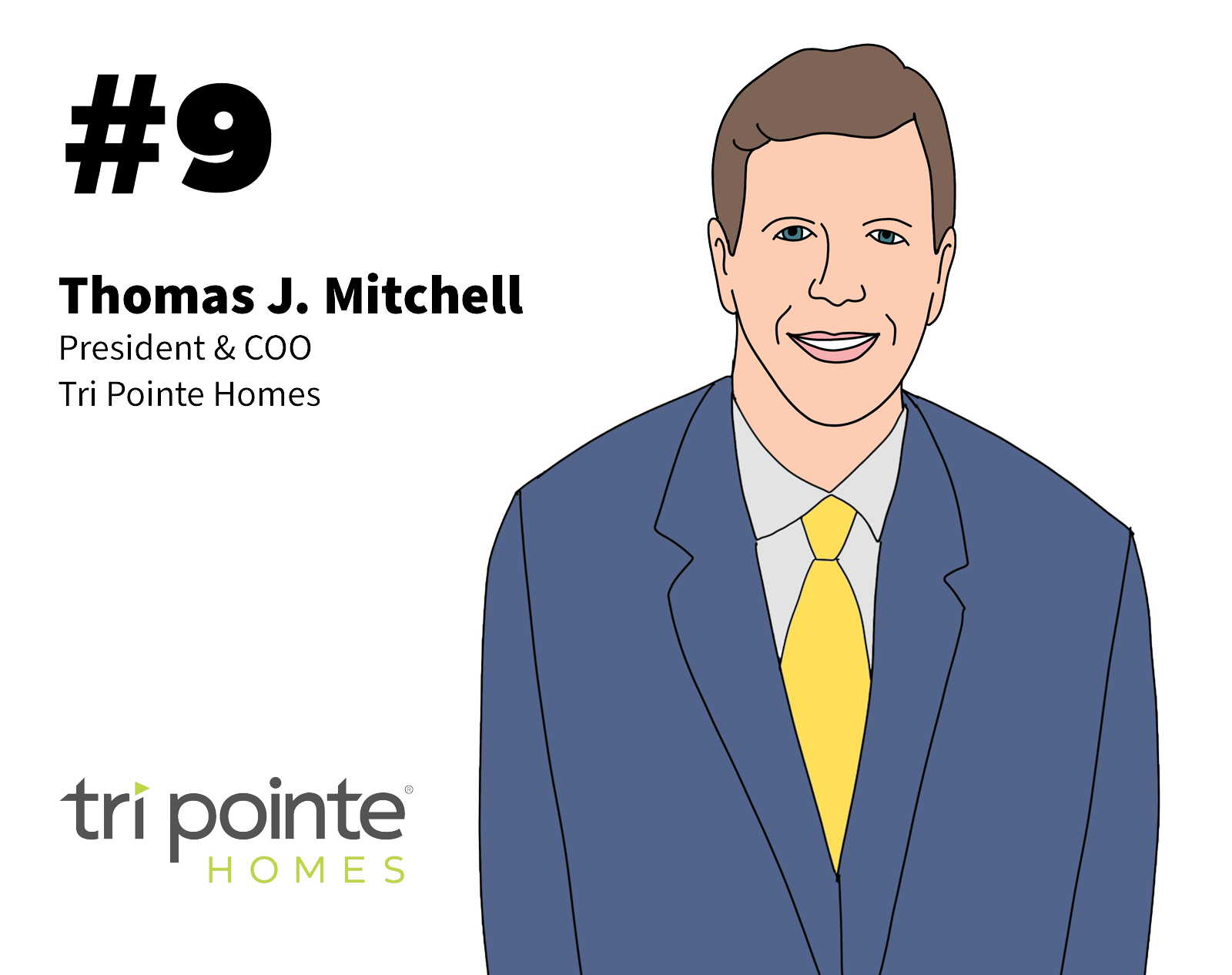
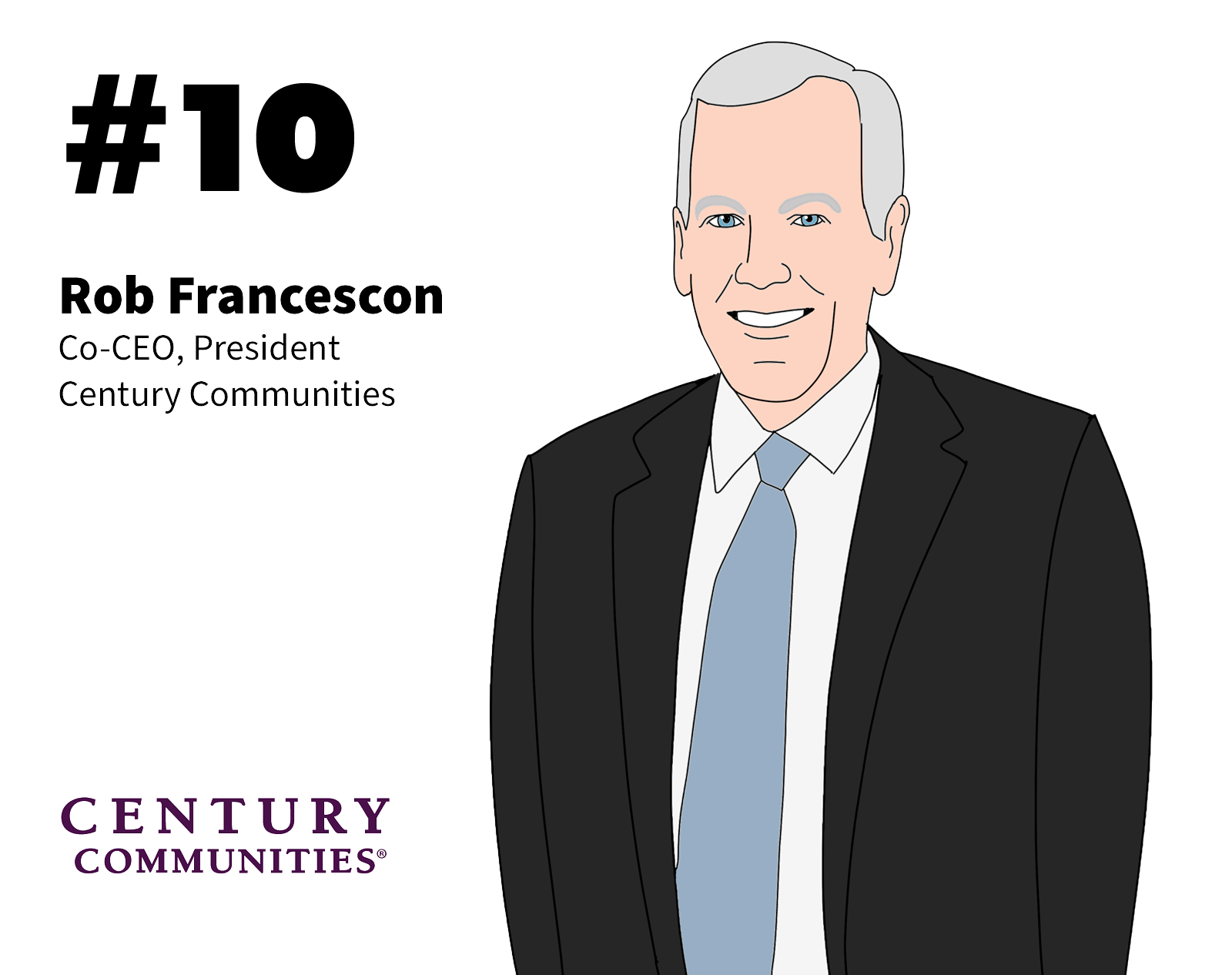


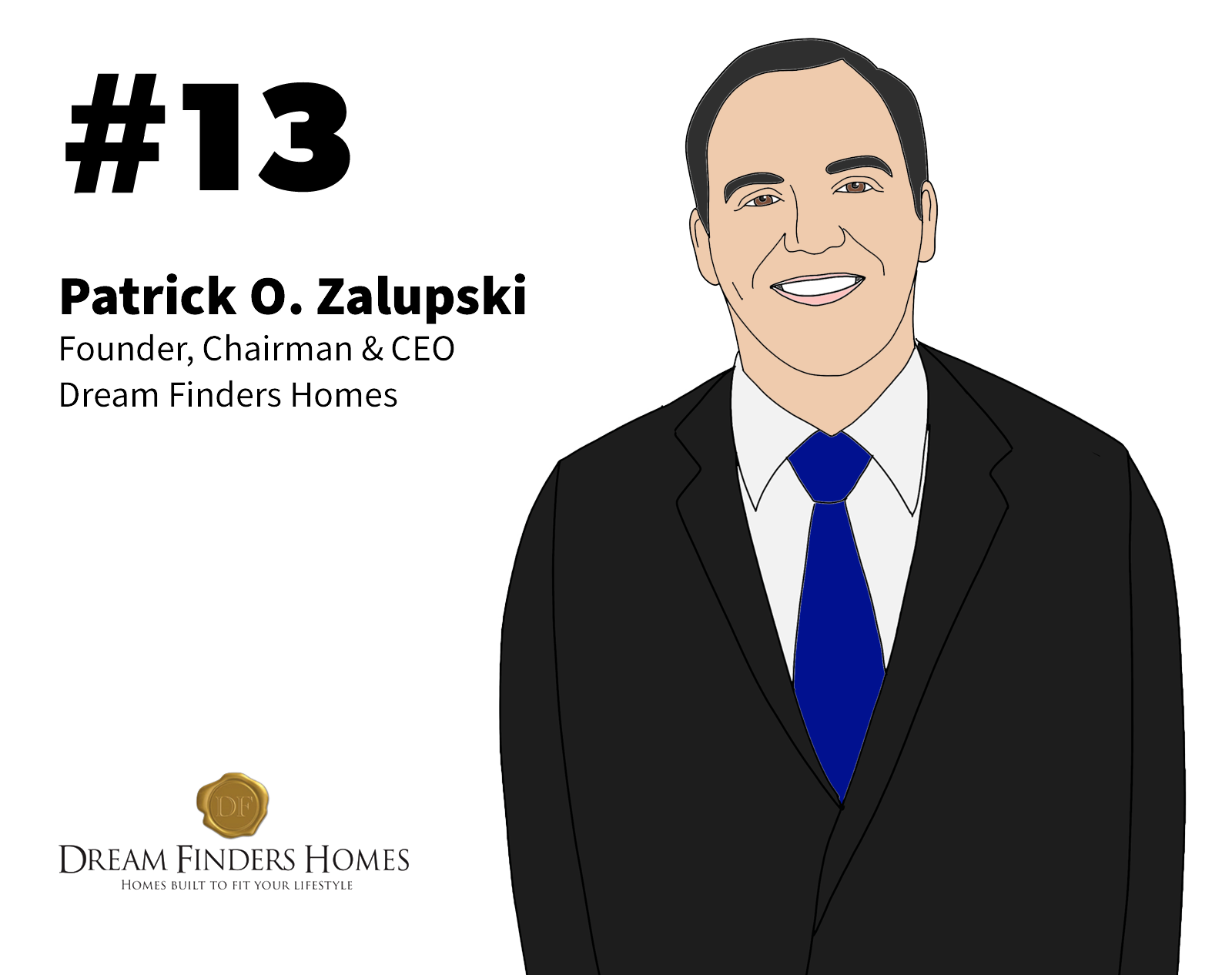

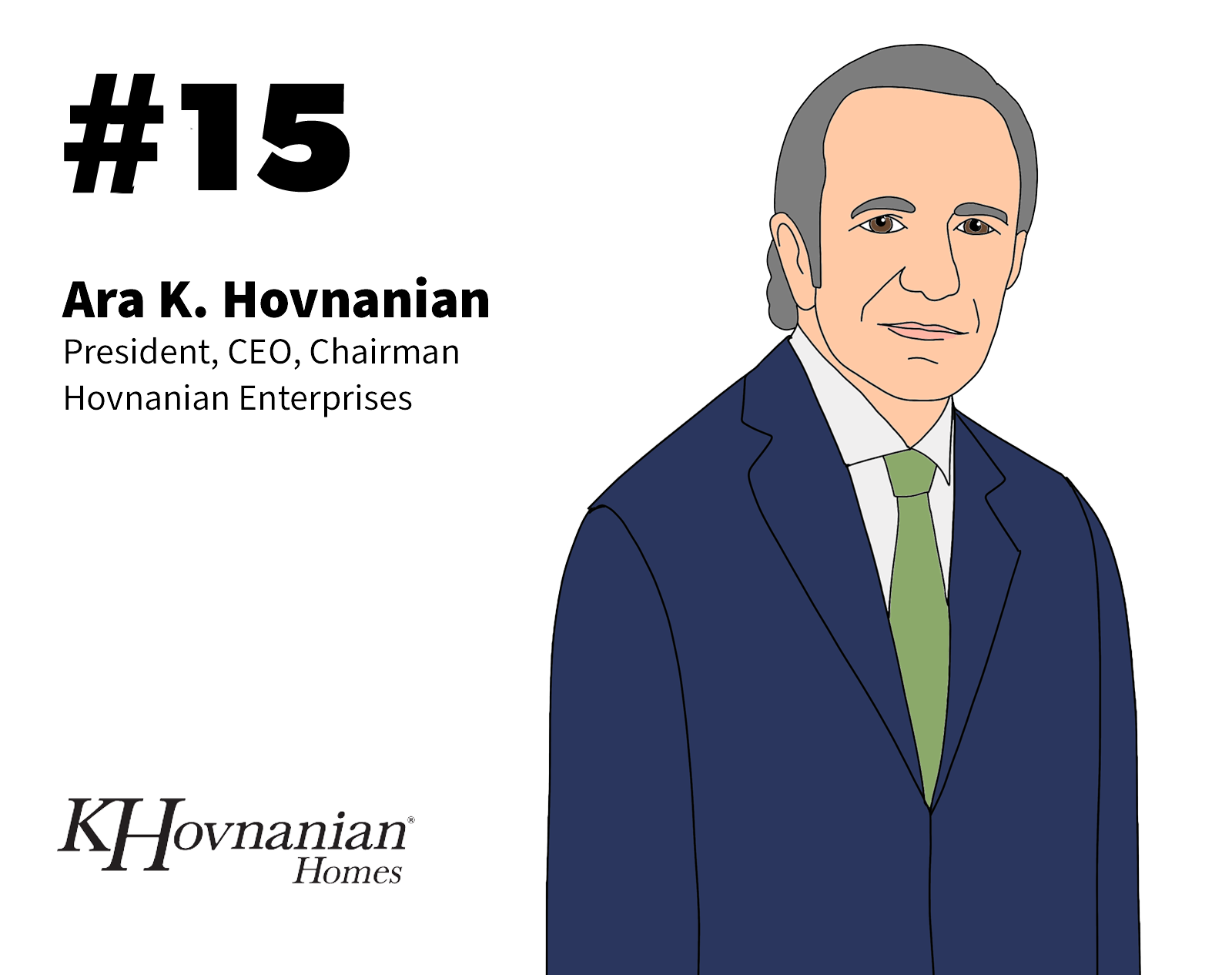



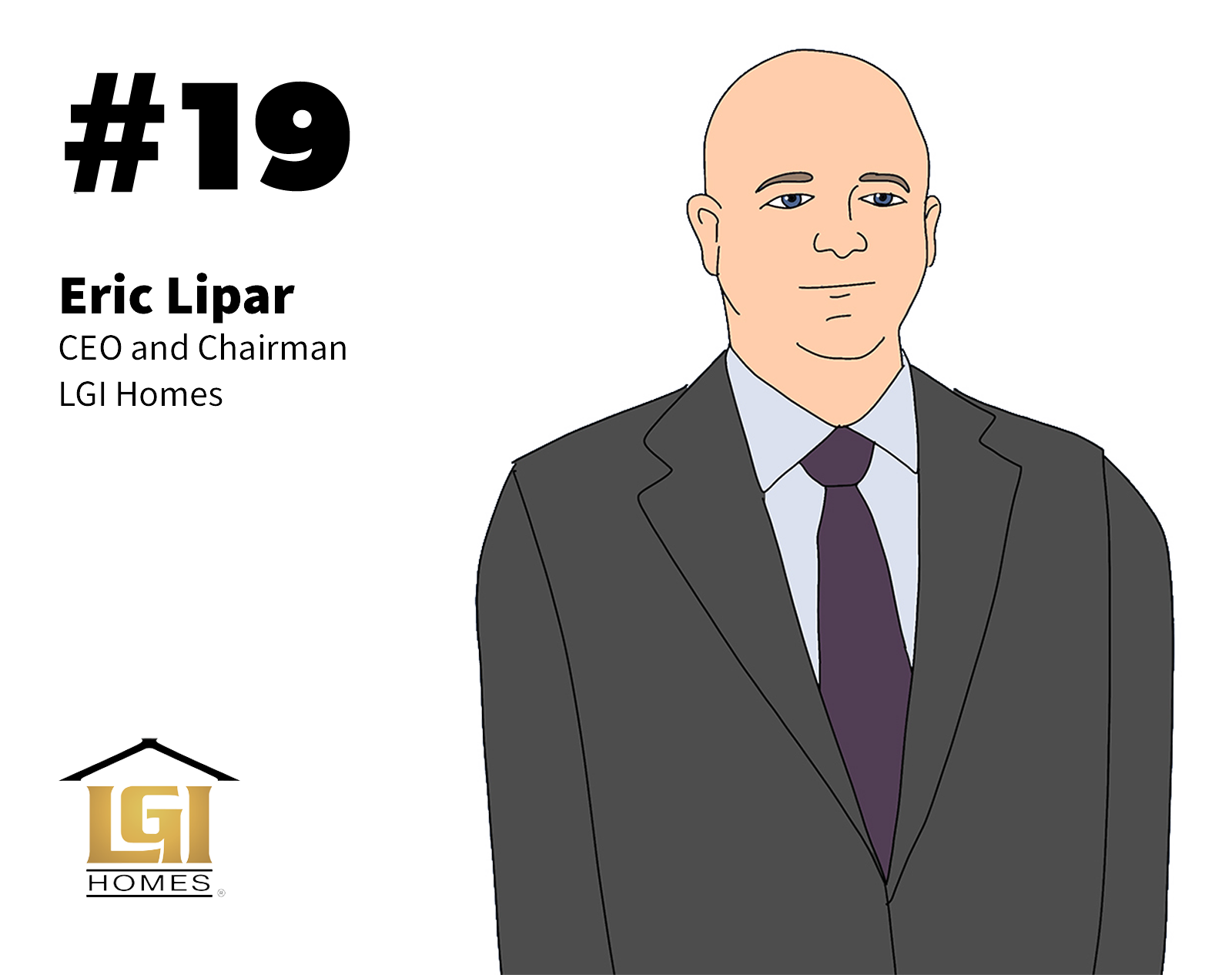
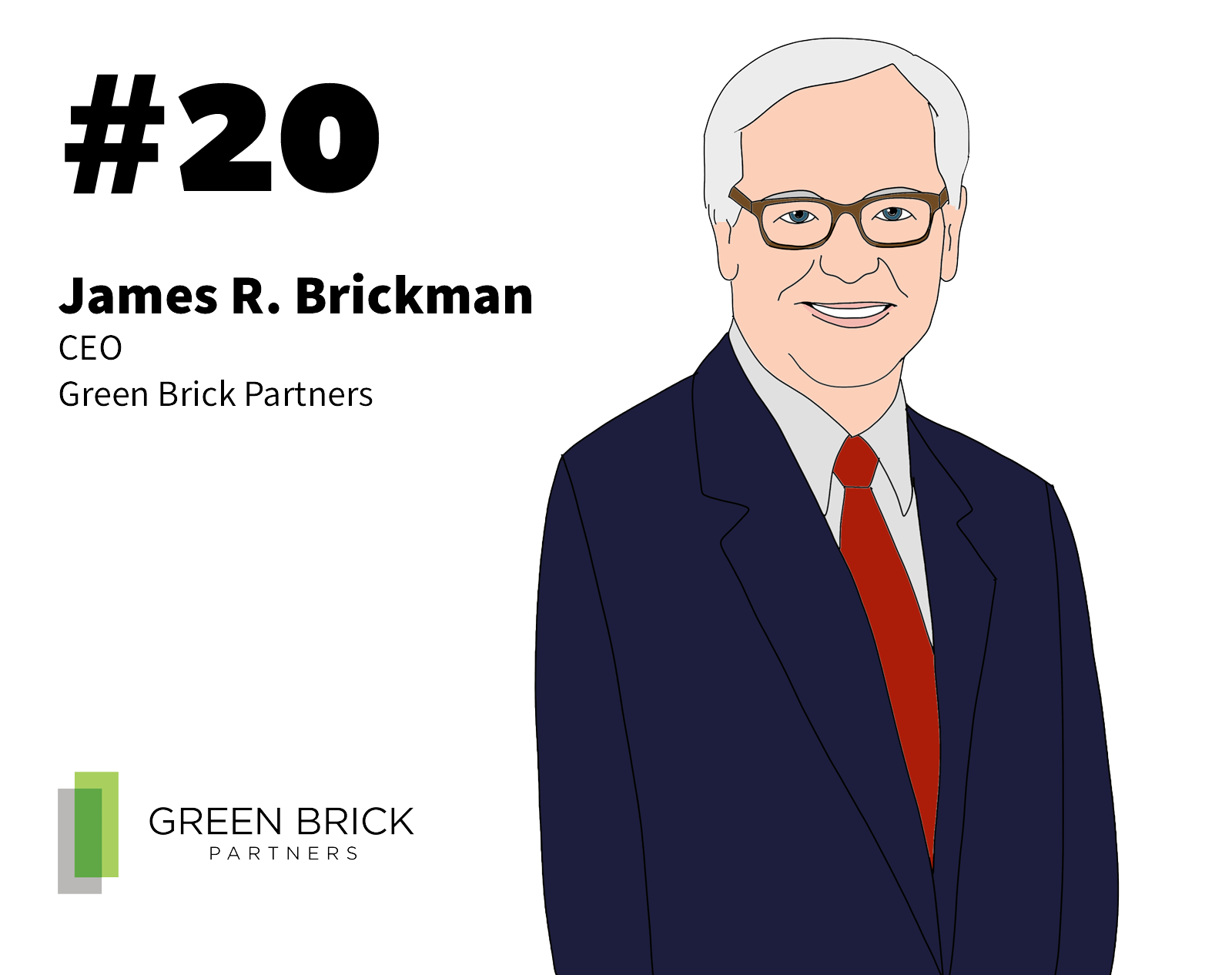

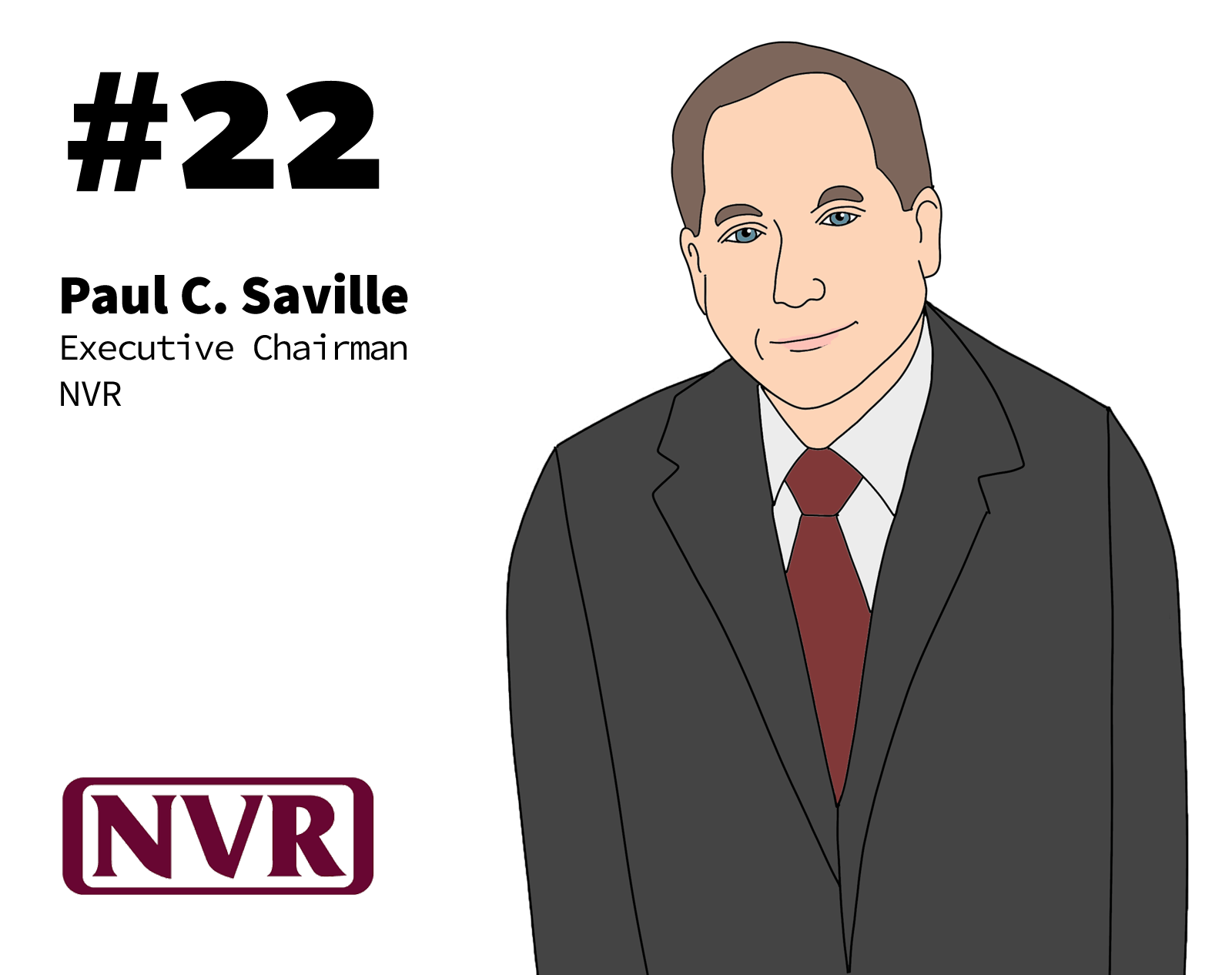
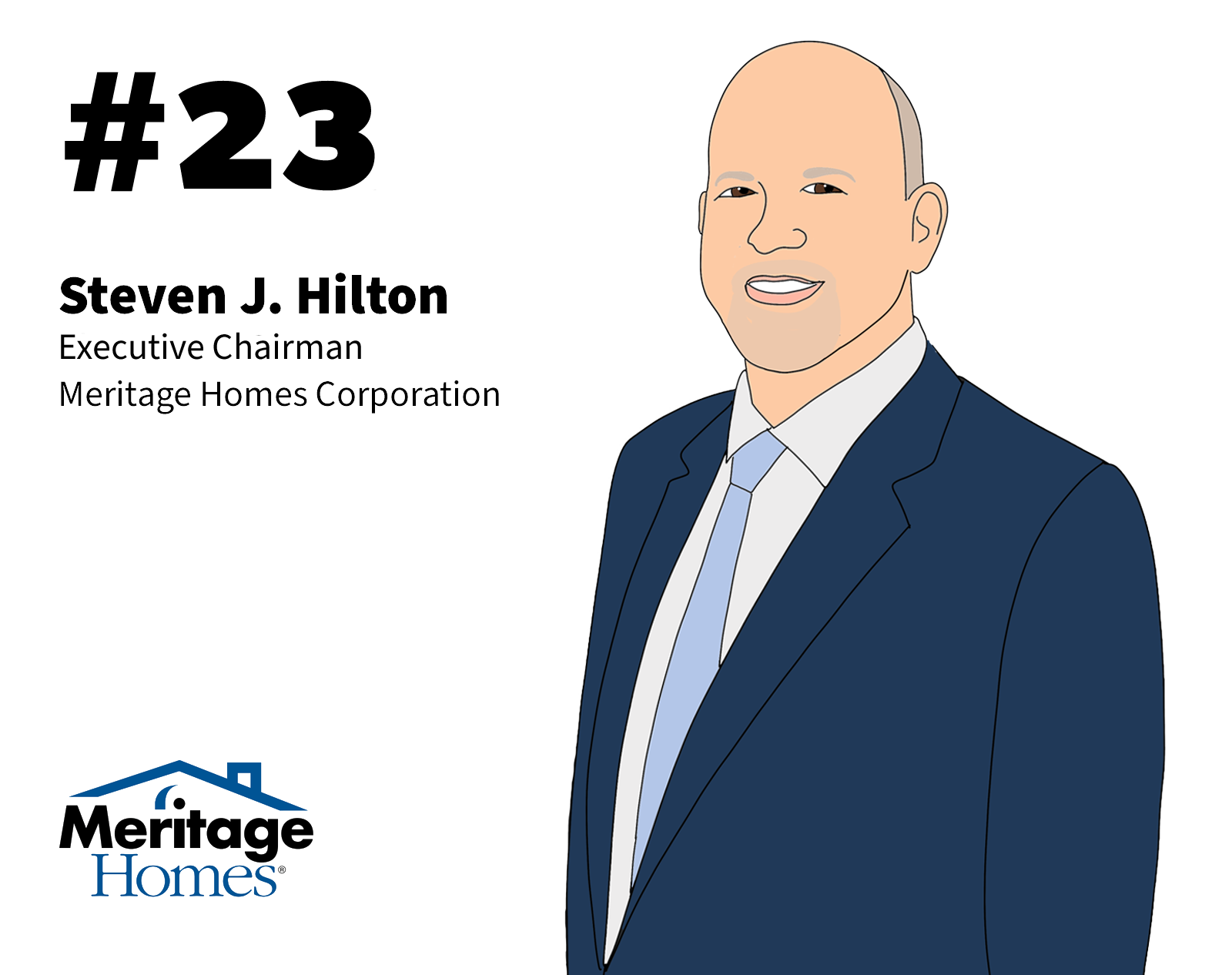

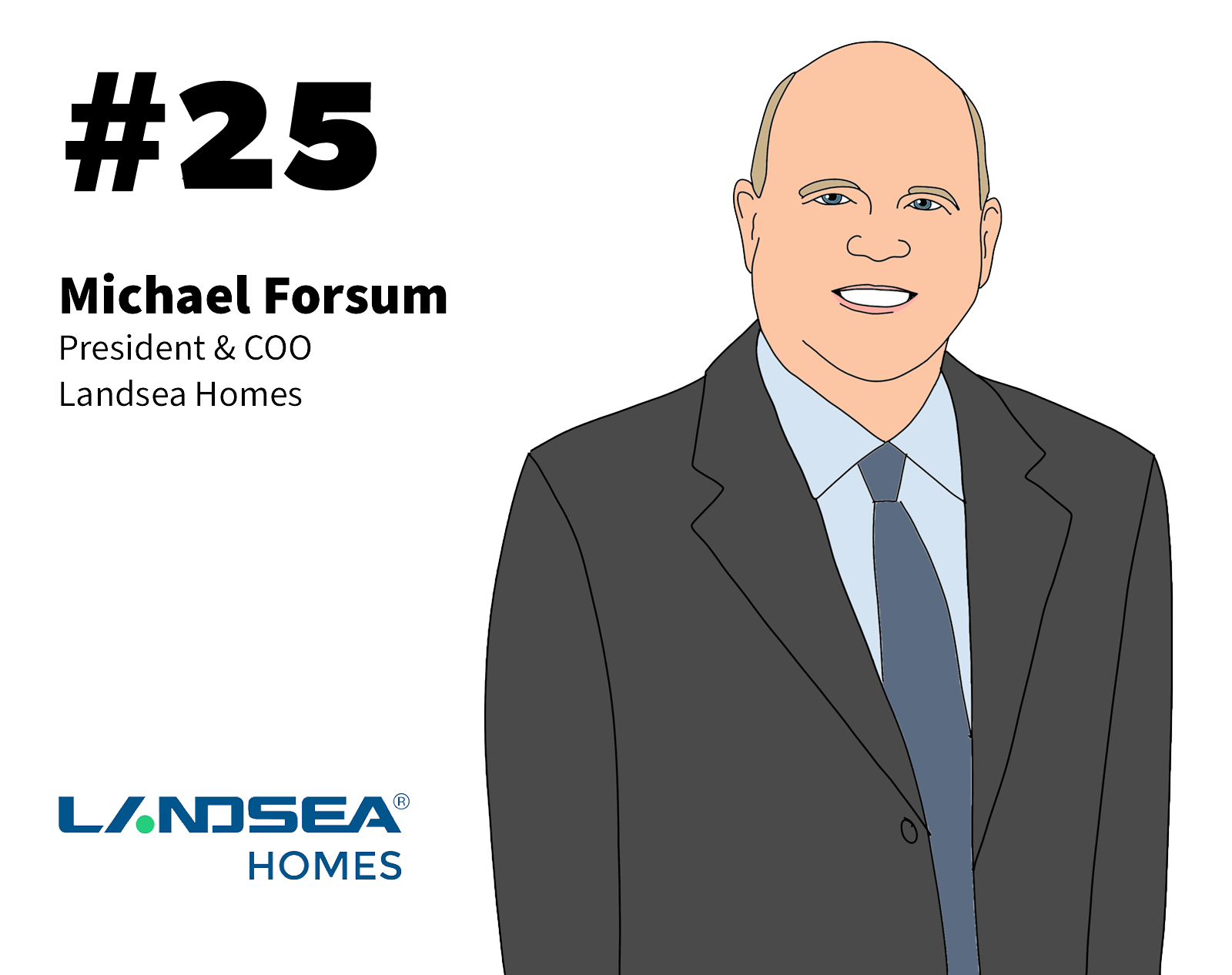

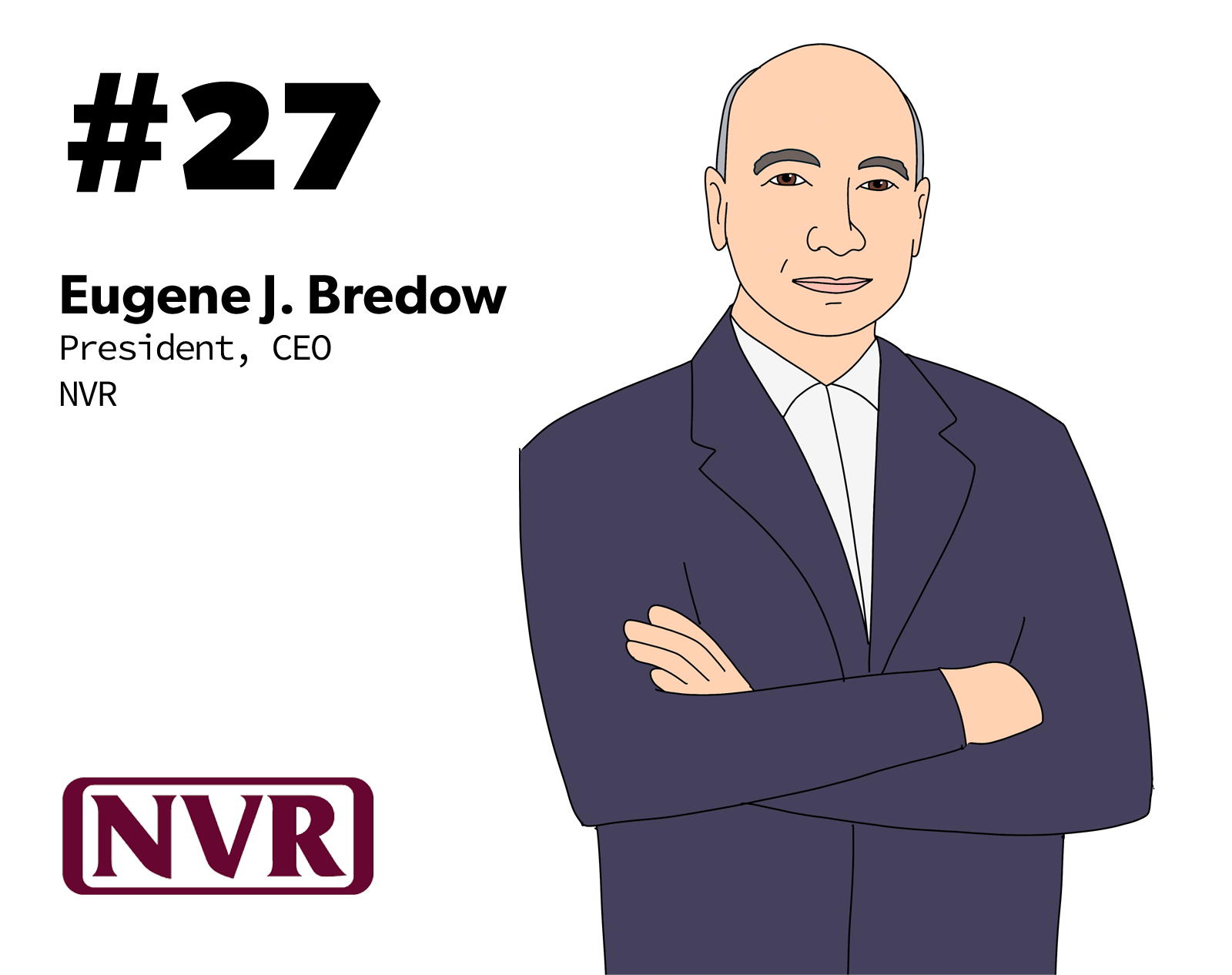
Staffing and recruiting done right. Fast Tracking Solutions specializes in delivering top talent in accounting/finance, construction, and technology operations.
MORE IN Leadership
United Homes Group’s Board Crisis In Compliance Countdown
United Homes Group is running out of time to rebuild a functioning board and avoid a Nasdaq compliance breach. CEO Jack Micenko says day-to-day operations continue, but governance uncertainty and market headwinds now threaten the company’s stability.
Smith Douglas Homes Doubles Down On Pace And Growth
Smith Douglas Homes Corp. (SDHC) remains defiant amid a slowdown by prioritizing pace over price. The builder's rapid cycle time and focused expansion strategy could serve as a blueprint for competitors that serve the strained entry-level segment.
After An Involuntary Pause, Orders Matter Again For LGI
In a market where affordability is collapsing, LGI’s disciplined, spec-first model is proving its worth. A year after seizing ground from private builders, the company’s focus on land control, cost precision, and first-time buyers is paying off.


